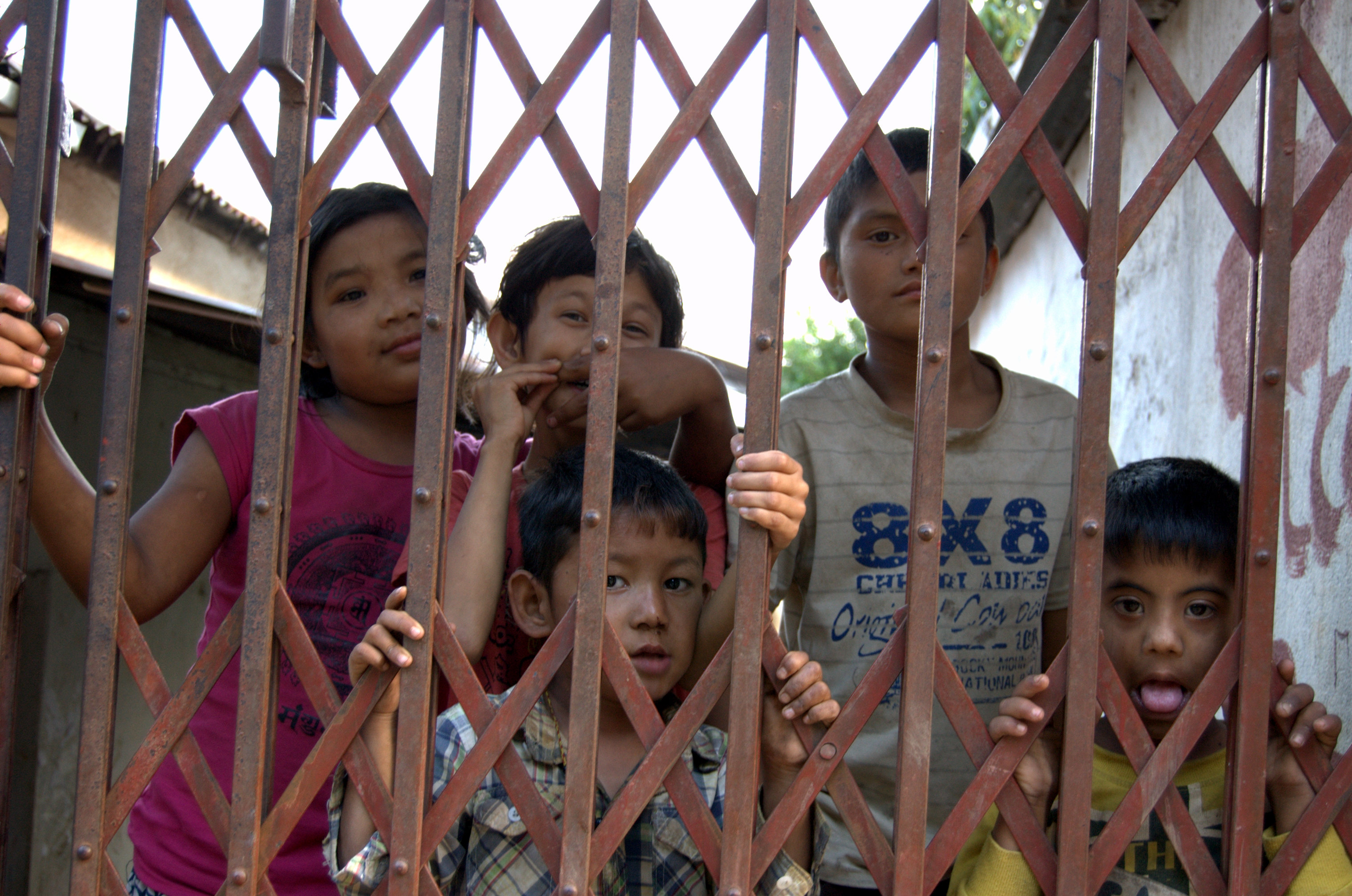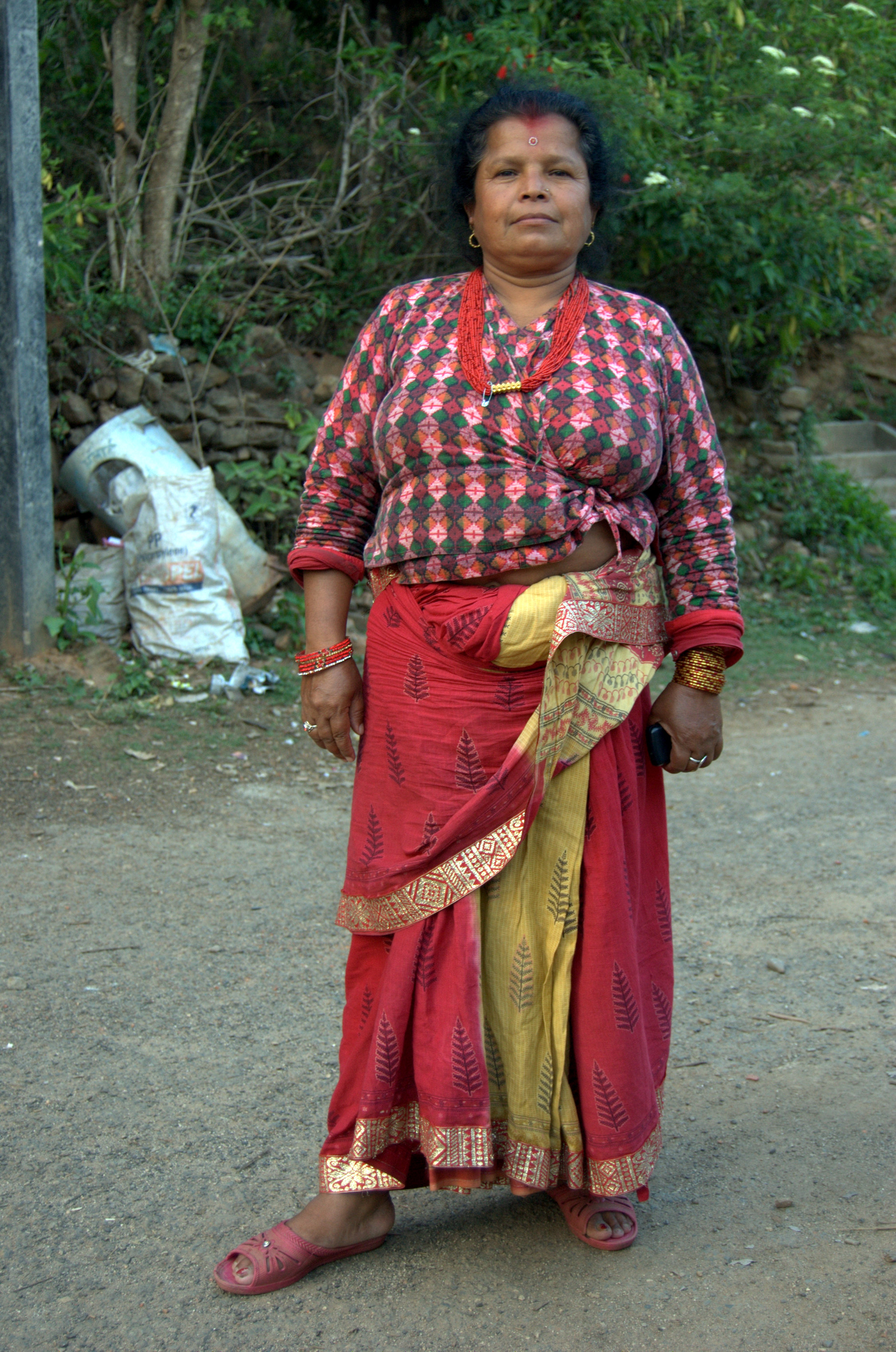My school hosts the state’s only disability program, providing 24/7 care for students with disabilities until age 12 (after that, they can go to an expensive private school, but most of them drop out). There are 11 kids, ages 4-11 who live at my school during the school year. All of them are deaf or hard of hearing, and a few have highly-functional intellectual disabilities as well. The 11 kids and their two “school mothers” sleep in a 10’x15′ room with six small beds and a small stovetop for cooking. The school moms cook and help the kids wash their clothes and themselves and get ready for school. They also discipline the kids, so much so that the youngest ones clutch their ears whenever the mothers approach them, because the most common punishment is ear twisting and pulling. I can tell that they really do care about the kids, so while I don’t agree with the discipline, I have a lot of respect for how they are quite devoted to their 24/7 jobs.
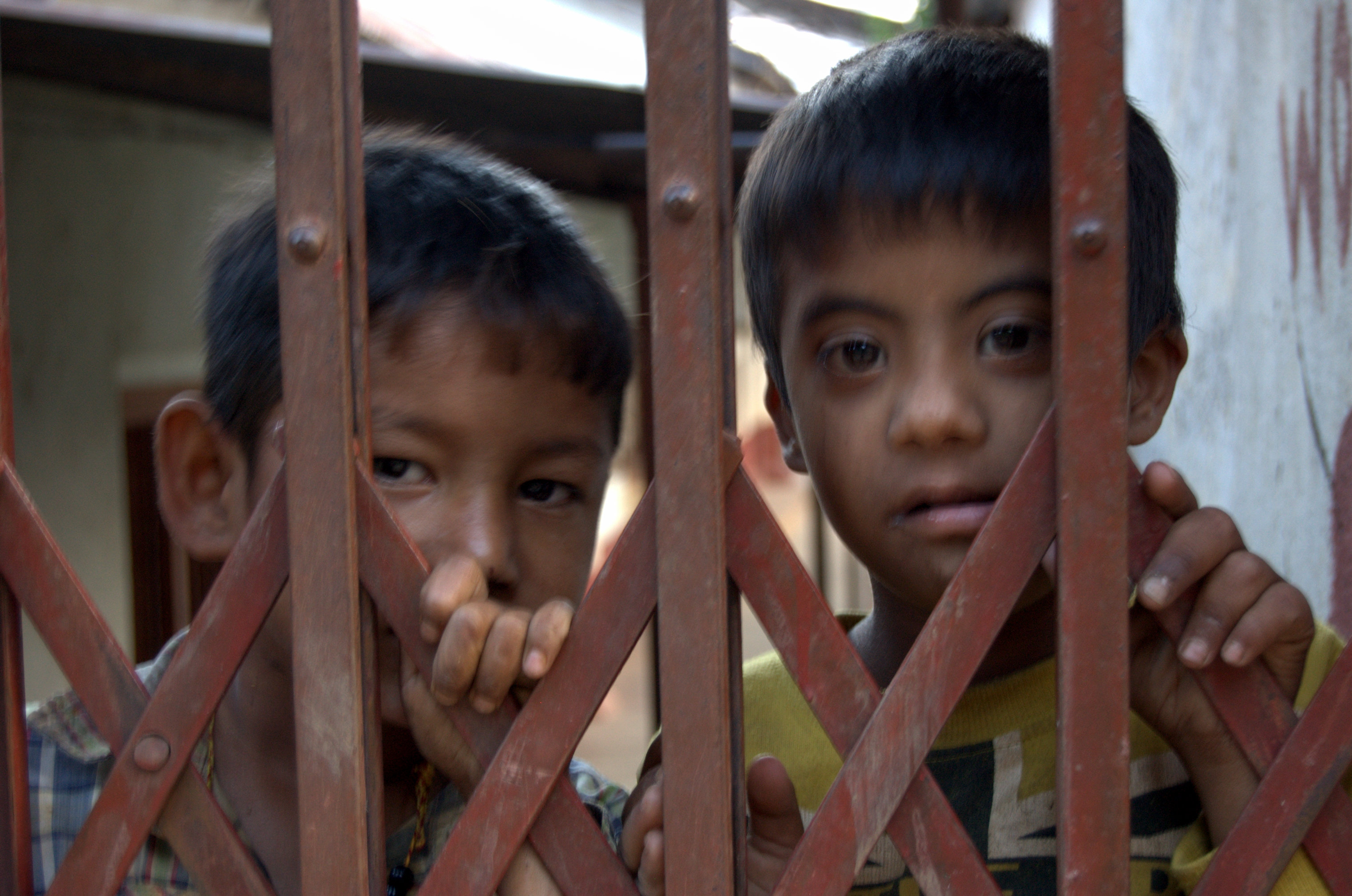 The oldest ones, the two that are 10 and 11. also do a fair bit of child-rearing, most commonly intervening when one of the others is doing something wrong, so they don’t face the wrath of the school moms. The oldest is hard of hearing, so to communicate with the other students, people just shout in his ear and he relays the messages. I will say, though, that I’m impressed that almost everyone in the village know a tiny bit of Nepali Sign Language- enough to communicate very basic things: go away, come here, where are you going, what are you doing. On the other hand, the kids can barely read Nepali and can’t read English at all, despite that their education should theoretically include both. I saw their schoolwork one day, and the teacher had written down the Nepali word for ‘bus’ and the students had spent the word copying that word over and over again.
The oldest ones, the two that are 10 and 11. also do a fair bit of child-rearing, most commonly intervening when one of the others is doing something wrong, so they don’t face the wrath of the school moms. The oldest is hard of hearing, so to communicate with the other students, people just shout in his ear and he relays the messages. I will say, though, that I’m impressed that almost everyone in the village know a tiny bit of Nepali Sign Language- enough to communicate very basic things: go away, come here, where are you going, what are you doing. On the other hand, the kids can barely read Nepali and can’t read English at all, despite that their education should theoretically include both. I saw their schoolwork one day, and the teacher had written down the Nepali word for ‘bus’ and the students had spent the word copying that word over and over again.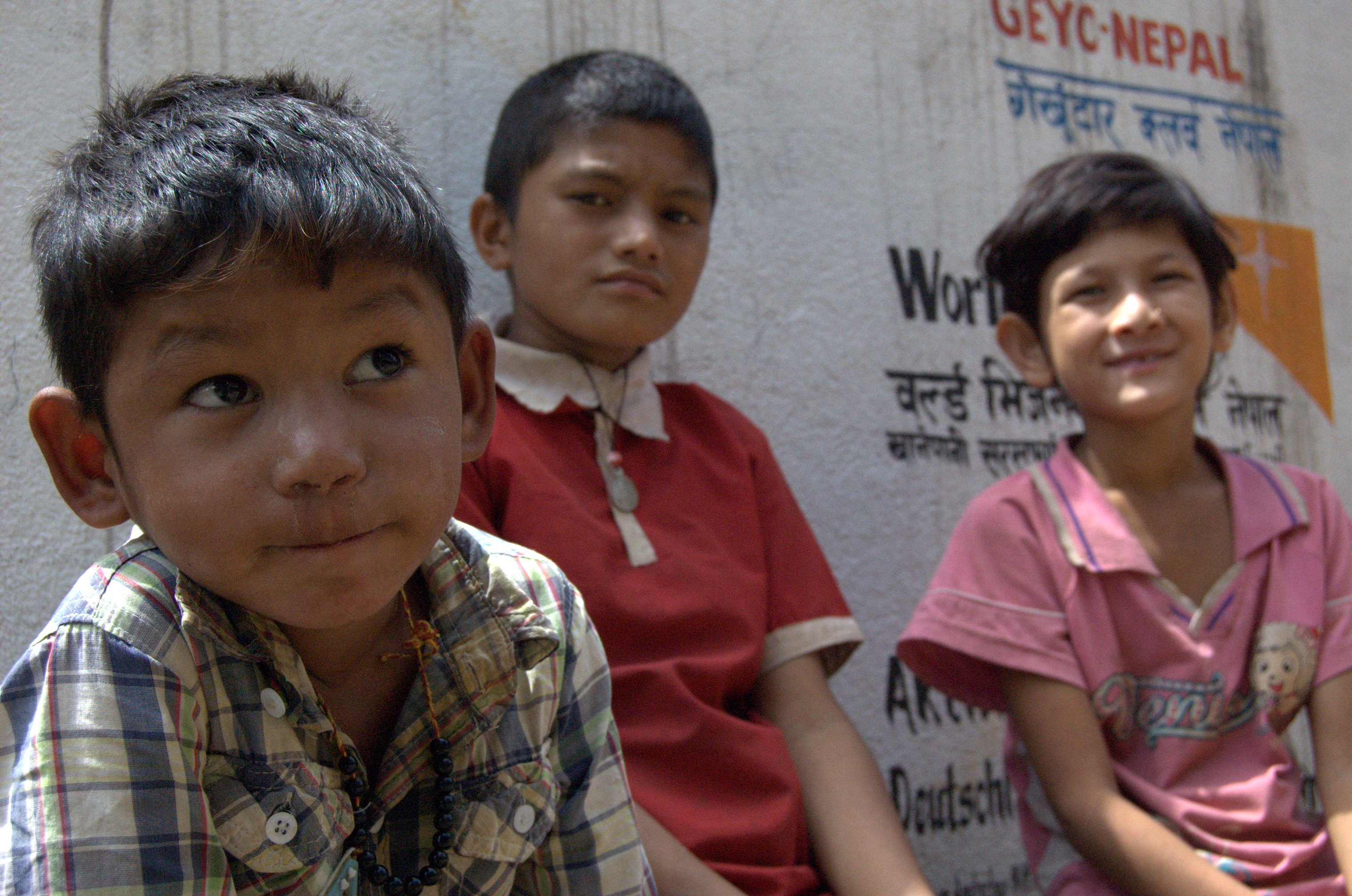
I spend around an hour everyday with them. I go with them when they go to get water from the tap a half-mile away (they all go each day, even the little ones trudging along with two-liter bottles to fill up). The older ones fill up the bottles, which takes a while because only a trickle comes out of the tap) and I play hide-and-go seek with the little ones. When we leave, I carry three bottles so the smallest ones only have to carry one each. Afterwards, we have serious play time with tag, hide-and-go-seek, and their most recent favorite, Spin Me, where I pick them up and twirl them around really fast. They love that one a lot, and I get a decent arm workout with the older kids.
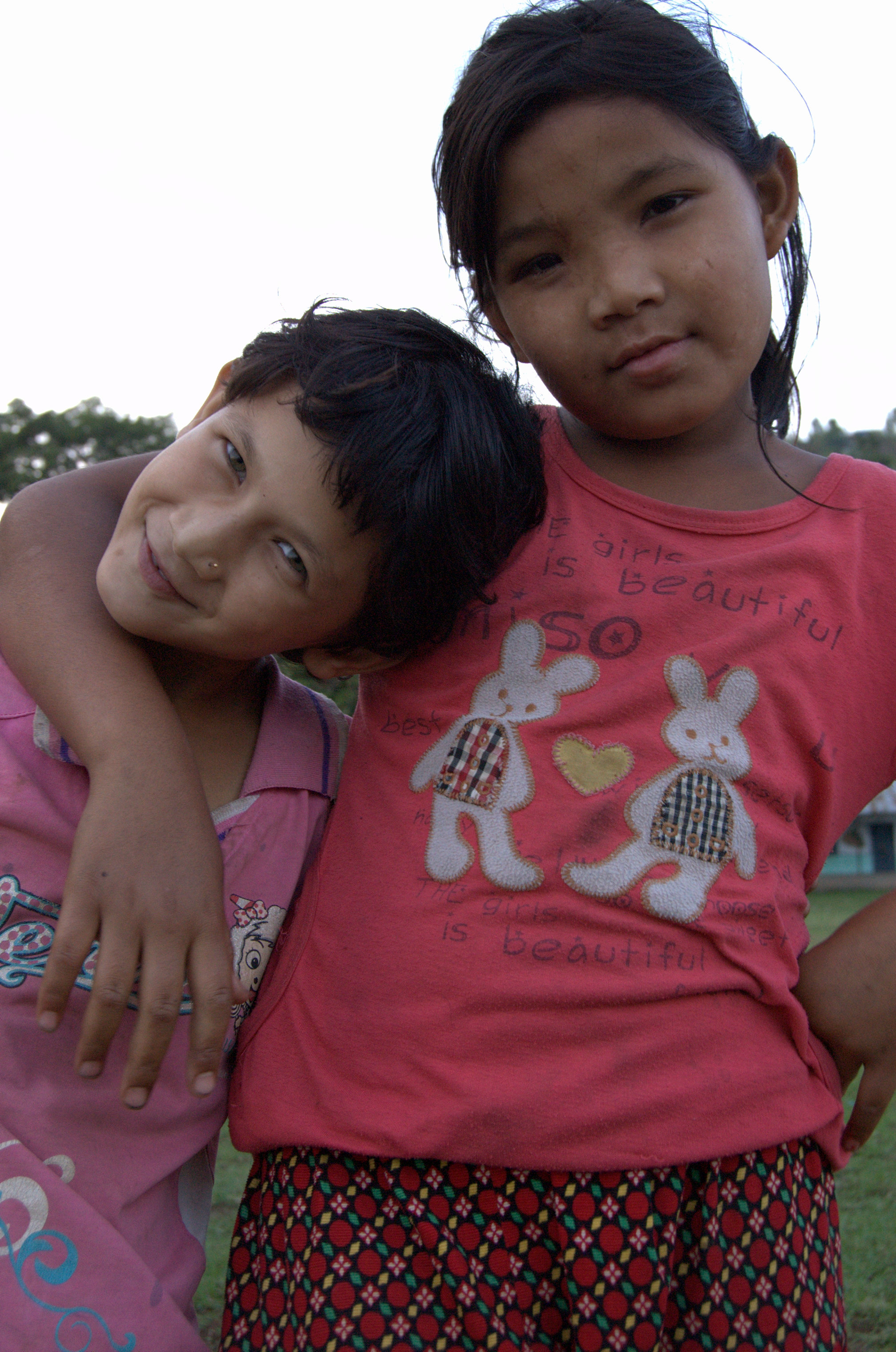 There are three girls, ages 5, 8, and 10, and they are a lot more shy than the boys, and really don’t get any attention, so I’m trying to get them to come to girls’ club, even though the club is usually only open to older girls. It’s been difficult to get the other students to interact with the younger girls, but when the older girls include them, it’s a great moment for everyone. As everyone gets more comfortable with each other, I am excited to see how those relationships progress.
There are three girls, ages 5, 8, and 10, and they are a lot more shy than the boys, and really don’t get any attention, so I’m trying to get them to come to girls’ club, even though the club is usually only open to older girls. It’s been difficult to get the other students to interact with the younger girls, but when the older girls include them, it’s a great moment for everyone. As everyone gets more comfortable with each other, I am excited to see how those relationships progress.
I teach the kids a few words of English every day by showing them a picture and spelling out the word and then having them read a simple sentence/story with the words, but I’m always looking for ways to better further their education (and new games to play with them!). Interacting with them, whether through play or chores is a highlight of my day! I chose this location because I wanted to work with both girls’ and disability empowerment, and it’s been so rewarding to get to learn another language (Nepali Sign Language), help them, and play with them.
